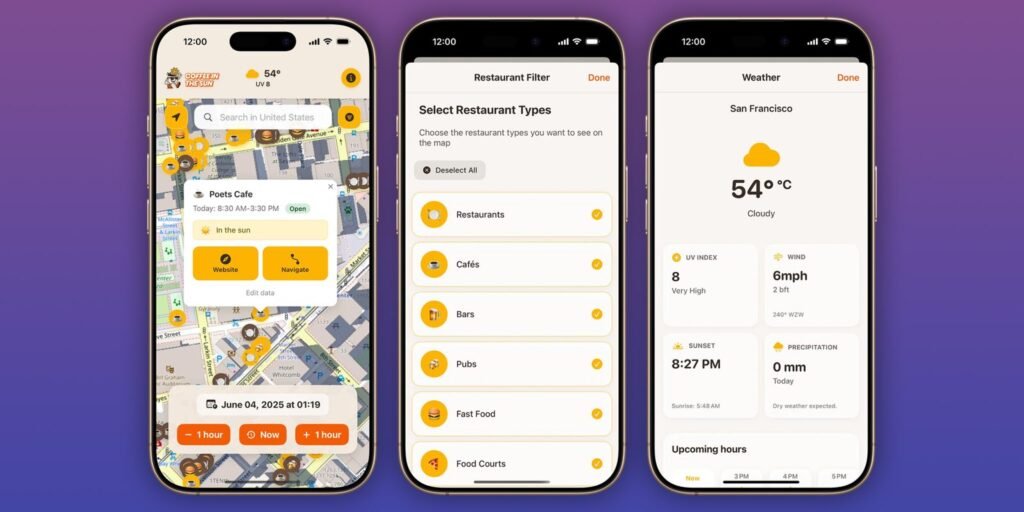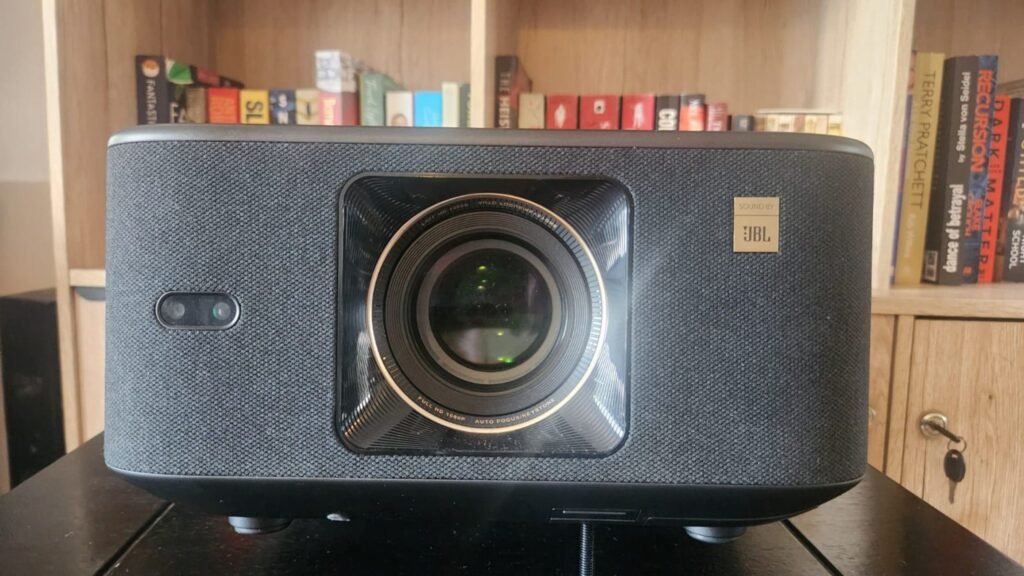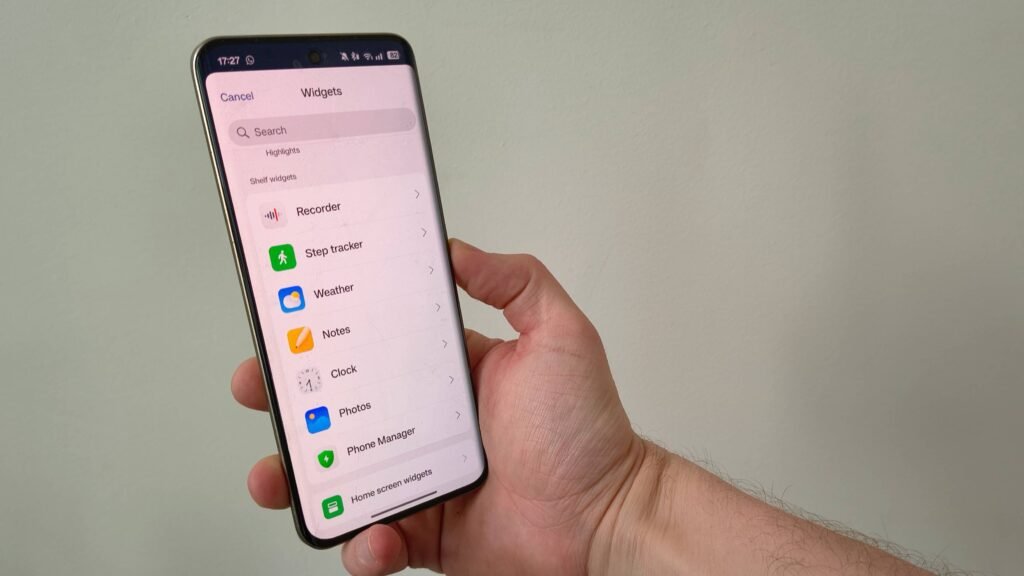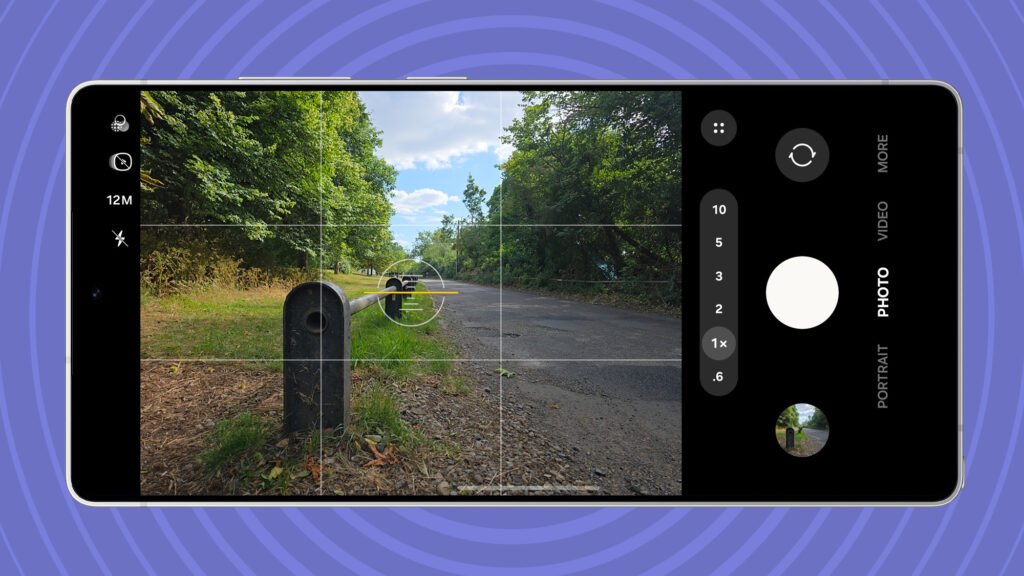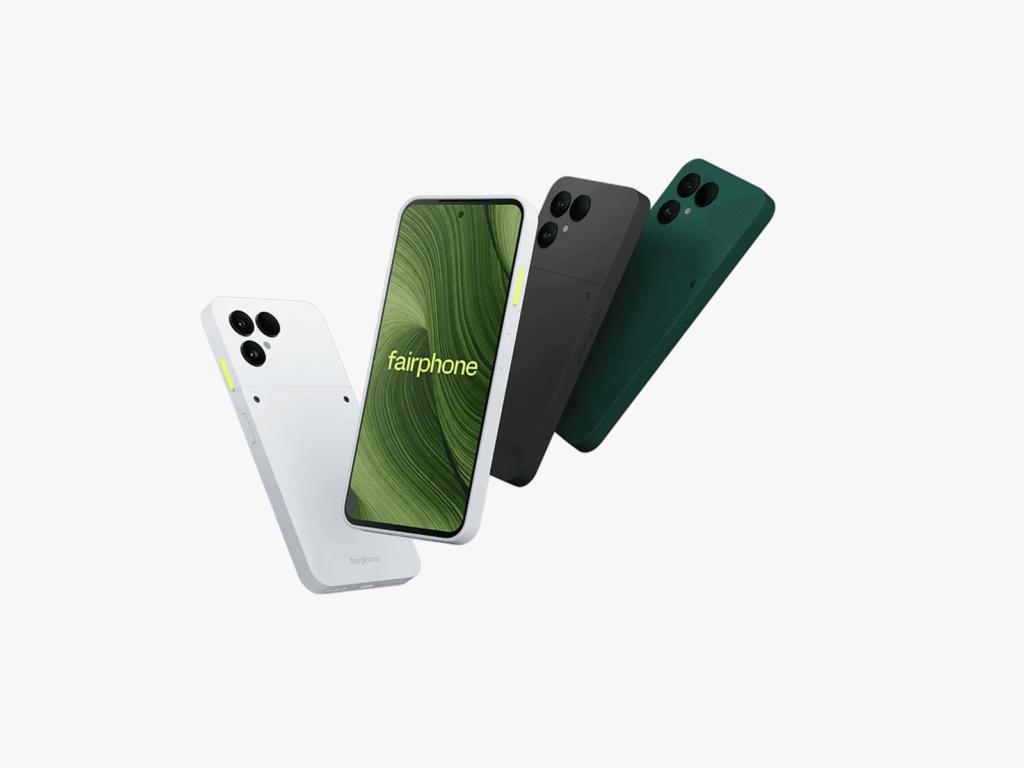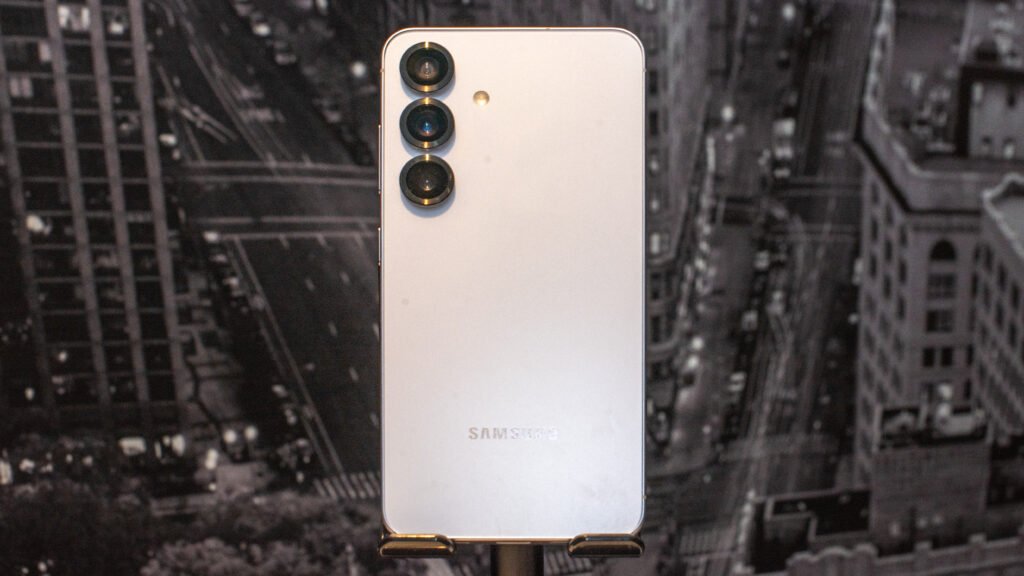One of the biggest pieces of Vision Pro news from today’s WWDC is that the headset will be getting support for PSVR 2 motion controllers and a Logitech motion stylus with the release of visionOS 26. Now we’re learning more of the details, including the fact that developers will be able to publish Vision Pro apps that ‘require’ motion controllers, and those which make them ‘optional’. The change is a surprising shift compared to the hand-tracking only approach that Apple launched the headset with.
In a recorded developer session released at WWDC 2025, Apple went into more detail about upcoming support for motion controllers on VisionOS 26.
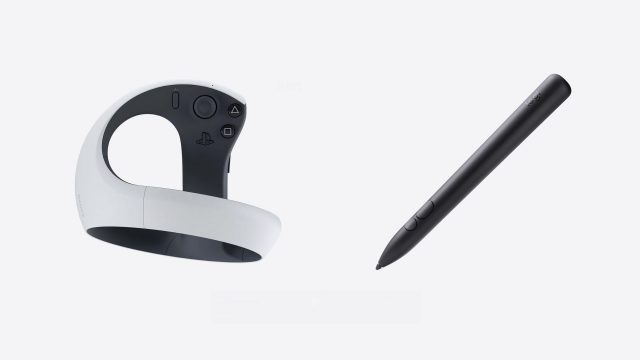

One of the interesting things we learned is that developers will be able to publish Vision Pro apps with an ‘optional’ or ‘required’ motion controller designation. Developers will make this choice, and it will show up in the App Store so users know what to expect.
This of course opens the door to Vision Pro content which works exclusively with motion controllers. While it would be nice if hand-tracking was supported in every single app, the reality is that most existing VR games (ie: on platforms like Quest and PC VR) are built specifically for motion controllers, and would need to be significantly redesigned to support hand-tracking.
In VisionOS 26, Apple will allow developers to publish Vision Pro apps which ‘require’ motion controllers, meaning developers will be able to publish their existing VR content on Vision Pro with significantly less effort than if hand-tracking was required.
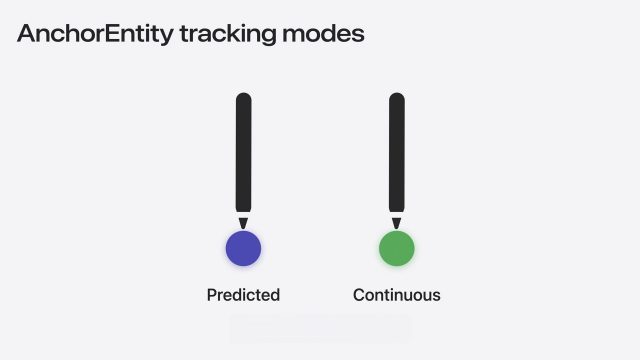

When building apps for motion controllers on Vision Pro, developers will be able to choose between two different tracking modes: Predicted and Continuous.
The Predicted mode will offer the lowest apparent latency by estimating where the controller will end up in future frames based on its present movement. This mode will likely be best for games with lots of player motion.
The Continuous mode will offer the highest precision by not estimating future position. This will prevent ‘overshoot’ when a user suddenly changes the direction of the motion controller. However, this will come at the cost of higher apparent latency. This mode will likely be best for apps that want optimal precision, like art and productivity.
Despite talking about these two tracking modes, as far as we know, Apple has yet to share any specific info on how much latency developers can expect when using motion controllers on Vision Pro.
For more on VisionOS 26, check out our overview of major changes here.

